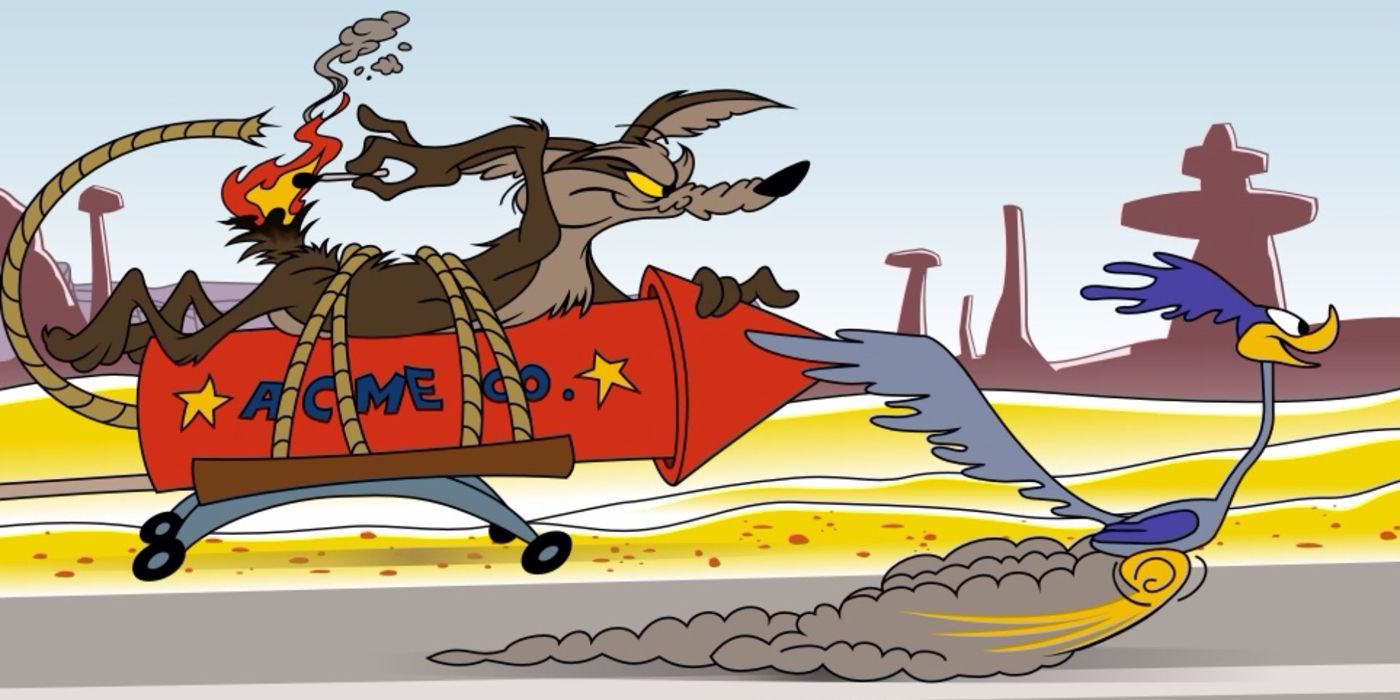September 17, 1949, 75 years ago: Warner
Brothers releases the cartoon Fast and Furry-ous, introducing the characters
of Wile E. Coyote and the Road Runner.
In his book Chuck Amuck: The Life and
Times of an Animated Cartoonist, Chuck Jones claimed that he and the
artists behind the Road Runner and Wile E. Coyote cartoons adhered to some
simple but strict rules:
- "The Road Runner cannot harm the Coyote except by
going, 'Beep-Beep!'"
- "No outside force can harm the Coyote, only his own
ineptitude or the failure of the Acme products."
- "The Coyote could stop anytime, if he
were not a fanatic. (Repeat: 'A fanatic is one who redoubles his effort
when he has forgotten his aim.' – George Santayana)."
- "No dialogue, ever, except 'Beep-Beep!'" (In
cartoons not involving the Road Runner, the Coyote spoke. For example,
telling Bugs Bunny that he was a genius. Which he was not.)
- "The Road Runner must stay on the road, otherwise,
logically, he would not be called a Road Runner."
- "All action must be confined to the natural
environment of the two characters, the Southwest American desert."
- "All materials tools, weapons, or mechanical
conveniences must be obtained from the Acme Corporation."
- "Whenever possible, make gravity the Coyote's
greatest enemy." (Sometimes, something would fall on top of the
Coyote. My father called that “Coyote Sandwich.”
- "The Coyote is always more humiliated than harmed by his failures."
From 1967 to 1974, the Western Hockey League
had a team named the Phoenix Roadrunners. From 1974 to 1977, a team with that
name played in the Western Hockey League. In 1997, the NHL gave Phoenix a team,
which would eventually named the Arizona Coyotes. They moved to Salt Lake City this year.


No comments:
Post a Comment